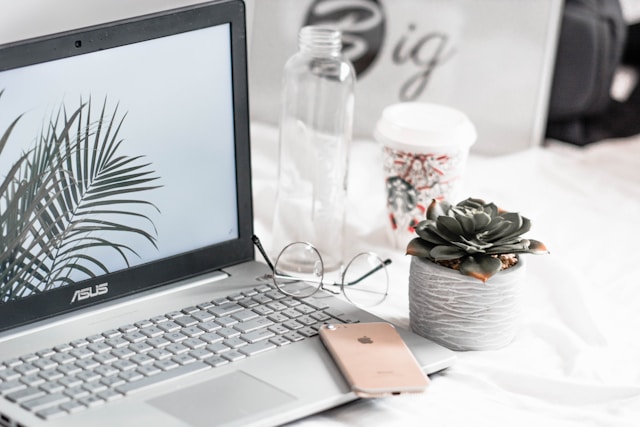Blogging remains one of the most rewarding ways to share your ideas, tell your story, and connect with people who share your interests. Whether you want to write about your daily life, share travel adventures, showcase your photography, or give advice on a specific topic, a personal blog can be your creative outlet.
If you’re wondering how to start a personal blog, the good news is that it’s easier than ever. With the right tools, strategies, and mindset, you can create a blog that reflects your personality and attracts readers from around the world. In this guide, we’ll explore practical and creative tips for creating a personal blog that stands out.
Define Your Purpose and Audience
Before diving into design and technical details, take a step back and think about why you want to start a blog. Are you writing to document your life, share expertise, inspire others, or build a personal brand? Understanding your purpose will shape your content and style.
Once you know your purpose, identify your target audience. Who are you writing for? Are they beginners in your niche, experienced enthusiasts, or casual readers? Knowing your audience helps you choose topics and a tone that resonates with them.
Choose the Right Blogging Platform
One of the first big decisions is choosing a blogging platform. Popular options include WordPress, Blogger, Medium, Squarespace, and Wix.
-
WordPress offers powerful customization and is ideal if you want full control over your site.
-
Blogger is simple and beginner-friendly, though with fewer design options.
-
Medium is great for writers who want to focus purely on content without worrying about design.
-
Squarespace and Wix offer easy drag-and-drop tools with beautiful templates, perfect for visually appealing personal blogs.
Consider factors like cost, ease of use, and how much you want to customize your blog before deciding.
Pick a Memorable Blog Name and Domain
Your blog’s name is part of your identity, so make it memorable. Keep it short, easy to spell, and relevant to your theme or niche. If possible, choose a domain name that matches your blog name. Using keywords related to your niche can also help with search engine optimization.
Registering a custom domain, rather than using a free subdomain, can make your blog look more professional and trustworthy.
Design and Layout Tips
A clean, user-friendly design makes a big difference in how visitors experience your blog. Choose a theme or template that reflects your style but also prioritizes readability.
-
Keep navigation simple so visitors can find content easily.
-
Make sure your design is mobile-responsive since many people will view your blog on phones or tablets.
-
Use high-quality visuals that enhance your posts without distracting from them.
A good design should make your content shine while giving readers a pleasant browsing experience.
Create Engaging Content
The heart of any blog is its content. Develop your unique voice so readers feel a personal connection. Consistency is key whether you post once a week or twice a month, stick to a schedule.
Mix up your content with text, images, videos, and graphics to keep things interesting. Use headlines, subheadings, and short paragraphs to improve readability. Consider creating evergreen content articles that remain useful over time as well as timely posts related to current events or trends.
Most importantly, focus on quality over quantity. Thoughtful, well-written posts will always attract more loyal readers than frequent but rushed updates.
Promote Your Blog
Even the best blog needs promotion to gain an audience. Share your posts on social media platforms like Instagram, Twitter, and Facebook. Engage with readers by responding to comments and joining blogging communities in your niche.
Learn the basics of SEO so your blog appears in search engine results. This includes using relevant keywords, writing descriptive titles, and optimizing images. Guest posting on other blogs can also help you reach new readers.
Keep Learning and Improving
Blogging is a skill you develop over time. Use analytics tools like Google Analytics to track which posts perform best and where your traffic comes from. This data can guide your content strategy.
Experiment with new formats, topics, and design elements to keep your blog fresh. Don’t be afraid to update old posts with new information or better visuals. The more you refine your blog, the better it will serve your audience and you.
Conclusion
Starting a personal blog is an exciting way to express yourself, share your passions, and even open up new opportunities. By defining your purpose, choosing the right tools, creating engaging content, and promoting your work, you can build a blog that truly reflects who you are.

